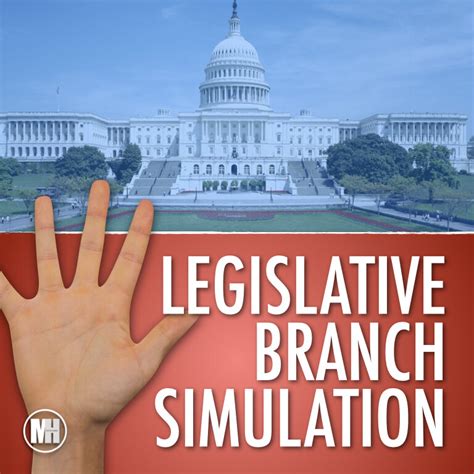How A Bill Becomes A Law Simulation
Ronan Farrow
Apr 03, 2025 · 3 min read

Table of Contents
How a Bill Becomes a Law: A Simulation and Guide
This blog post simulates the journey of a bill becoming a law, explaining each crucial step in a clear and engaging way. Understanding this process is key to responsible citizenship and effective political engagement. Let's dive in!
The Bill's Journey: A Step-by-Step Simulation
Our simulated bill is the "Improved Public Parks Act," aiming to increase funding and improve maintenance for local parks. Here’s how it might become law:
Step 1: Introduction and Referral
The "Improved Public Parks Act" is introduced in the House of Representatives by Representative Smith. This involves formally submitting the written bill to the clerk. The Speaker then refers the bill to the relevant committee – likely the Committee on Natural Resources or a similar body.
Step 2: Committee Action
The Natural Resources Committee holds hearings, gathering expert testimony and public input. They might amend the bill, making changes based on feedback. This is crucial for shaping the bill's final form. After debate, the committee votes on whether to send the bill to the full House.
What if the committee rejects the bill? The bill dies, and it's back to the drawing board for Representative Smith.
Step 3: House Debate and Vote
If the committee approves, the bill goes to the full House for debate. This is where things get lively! Lawmakers engage in discussions, offering amendments, and debating the bill's merits and potential drawbacks. This stage often involves intense lobbying and political maneuvering. Finally, the House votes. If a majority votes "yes," the bill moves on.
What if the House rejects the bill? The bill dies.
Step 4: Senate Action
The "Improved Public Parks Act" now goes to the Senate. It follows a similar process: referral to a relevant committee (likely the Senate Committee on Environment and Public Works), hearings, debate, and a vote. The Senate might make its own amendments.
What if the Senate makes significant changes? The bill goes back to the House for approval of the Senate's amendments.
Step 5: Conference Committee
If the House and Senate pass different versions, a conference committee is formed. This committee includes members from both chambers who work to reconcile the differences, creating a single, unified version of the bill.
Step 6: Final Votes
The compromise bill goes back to both the House and the Senate for a final vote. If both pass the identical version, it moves to the President.
Step 7: Presidential Action
The President has three options:
- Sign the bill: The "Improved Public Parks Act" becomes law.
- Veto the bill: The bill returns to Congress. A two-thirds majority vote in both chambers is needed to override the veto, making it law despite the President's objection.
- Do nothing: If the President does nothing within 10 days (excluding Sundays) while Congress is in session, the bill automatically becomes law.
Understanding the Process: Key Takeaways
This simulation highlights the complexity of the legislative process. It requires collaboration, compromise, and a strong understanding of the issues involved. Active participation from citizens is crucial, ensuring bills reflect the needs and desires of their communities.
Beyond the Simulation: Getting Involved
This simplified simulation illustrates the basics. Researching specific bills, contacting your representatives, and participating in town hall meetings are vital ways to stay informed and make your voice heard. Engaged citizenship is essential for a functioning democracy!
Featured Posts
Also read the following articles
| Article Title | Date |
|---|---|
| How To Use Taylor Pool Test Kit | Apr 03, 2025 |
| 37 02 An Hour Is How Much A Year | Apr 03, 2025 |
| How Deep Do Sonotubes Need To Be For A Deck | Apr 03, 2025 |
| How Bad Do You Want It Sermon | Apr 03, 2025 |
| How Can You Tell If A Tooth Implant Is Failing | Apr 03, 2025 |
Latest Posts
-
How Hard Does Polymeric Sand Get
Apr 04, 2025
-
How Great Though Art Sheet Music
Apr 04, 2025
-
How Great Thou Art Trumpet Sheet Music
Apr 04, 2025
-
How Great Thou Art Sheet Music Trumpet
Apr 04, 2025
-
How Great Our Joy Sheet Music
Apr 04, 2025
Thank you for visiting our website which covers about How A Bill Becomes A Law Simulation . We hope the information provided has been useful to you. Feel free to contact us if you have any questions or need further assistance. See you next time and don't miss to bookmark.
